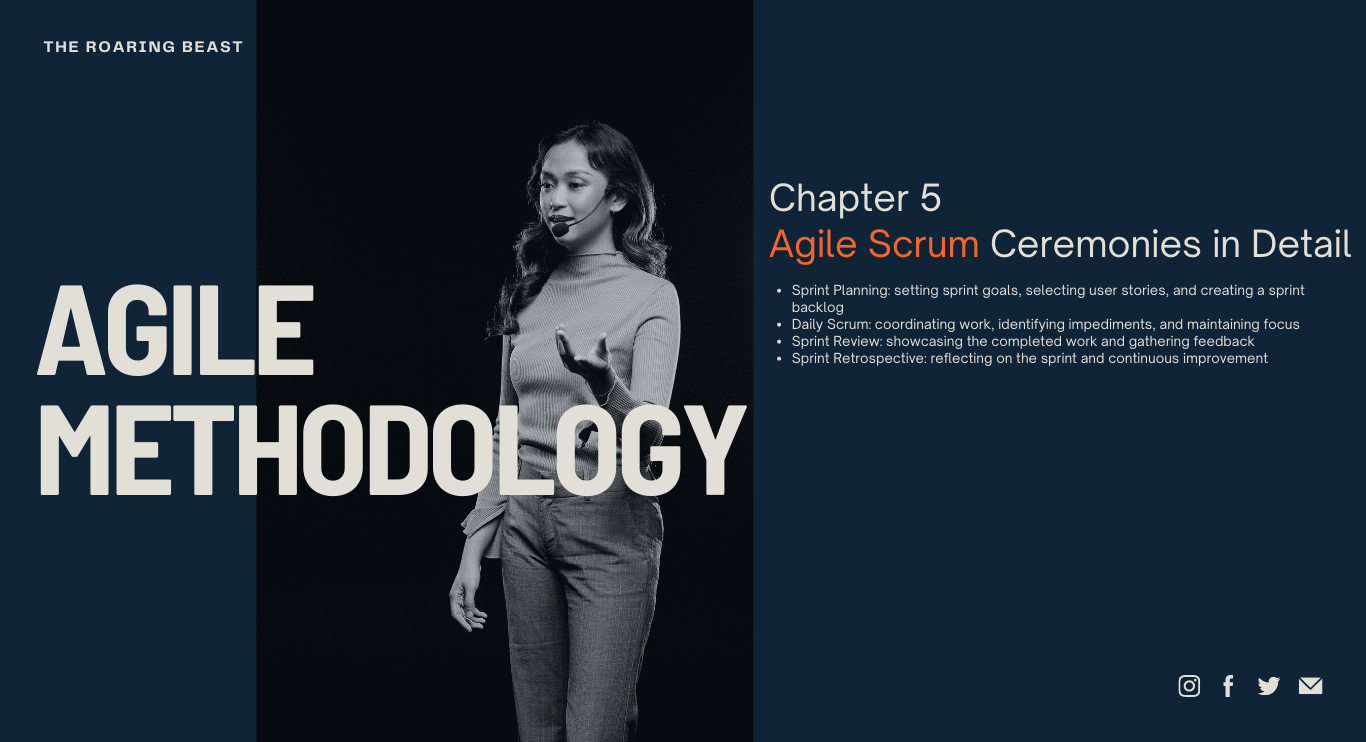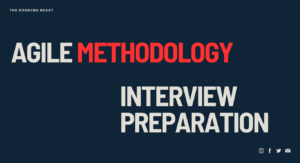The Sprint Review is a significant event in the Scrum framework that takes place at the end of each sprint. It provides an opportunity for the Scrum Team to showcase the completed work to stakeholders and gather feedback. Here’s an overview of the purpose and key aspects of the Sprint Review:
- Purpose:
- The Sprint Review is a collaborative meeting where the Scrum Team presents the potentially releasable Increment achieved during the sprint.
- Its primary purpose is to inspect the Increment, gather feedback from stakeholders, and determine the next steps based on that feedback.
- Demonstration of Completed Work:
- The Development Team showcases the work completed during the sprint, highlighting the implemented user stories or features.
- The demonstration should focus on showcasing the functionality and value delivered, providing stakeholders with a tangible understanding of the Increment.
- Gathering Stakeholder Feedback:
- Stakeholders, including customers, users, product managers, and other relevant individuals, attend the Sprint Review.
- They have an opportunity to provide feedback, ask questions, and share their observations on the presented Increment.
- The feedback gathered during the Sprint Review informs and influences the Product Backlog and future sprint planning.
- Collaboration and Discussion:
- The Sprint Review fosters collaboration between the Scrum Team and stakeholders.
- It encourages open discussions and exchanges of ideas, enabling stakeholders to provide insights and suggestions for improvement.
- The Product Owner plays a crucial role in engaging with stakeholders, capturing their feedback, and incorporating it into the product backlog.
- Reviewing and Adapting the Product Backlog:
- Based on the feedback received during the Sprint Review, the Product Owner evaluates and adjusts the Product Backlog.
- Feedback may result in new user stories, changes to existing ones, reprioritization of backlog items, or adjustments to the product roadmap.
- The Product Owner collaborates with stakeholders to ensure that the product backlog reflects the evolving needs and expectations.
- Sprint Retrospective Preview:
- The Sprint Review provides an opportunity to preview the upcoming Sprint Retrospective.
- The Scrum Team can identify potential improvement areas based on the feedback and observations gathered during the Sprint Review.
- Time-Boxed Meeting:
- The Sprint Review is time-boxed to a maximum of four hours for a one-month sprint, with shorter time-boxes for shorter sprints.
- The time constraint encourages focus, efficiency, and productive discussions.
The Sprint Review helps the Scrum Team gather valuable feedback, validate assumptions, and ensure that the product is meeting the needs and expectations of stakeholders. It supports transparency, collaboration, and continuous improvement, allowing the team to adapt their approach and maximize value delivery in subsequent sprints.

